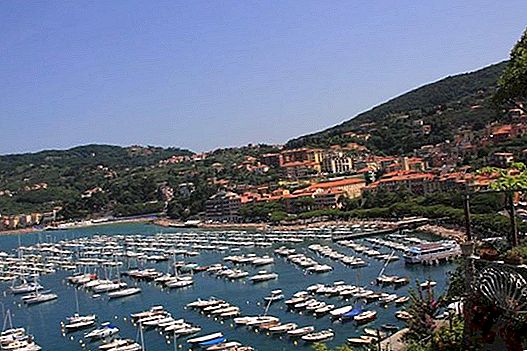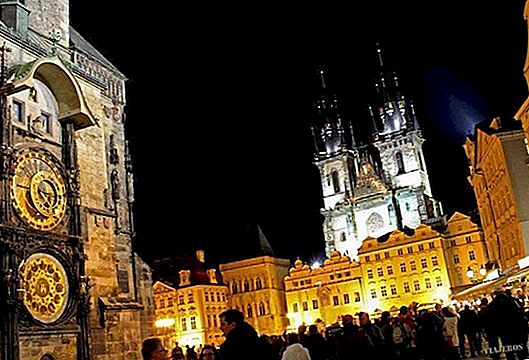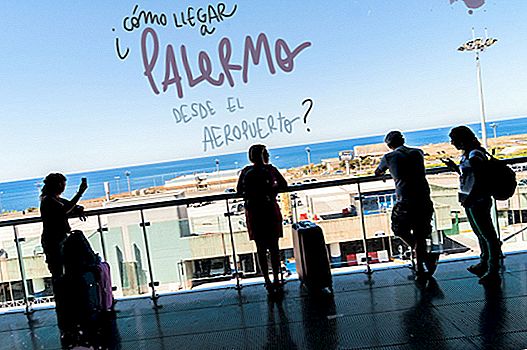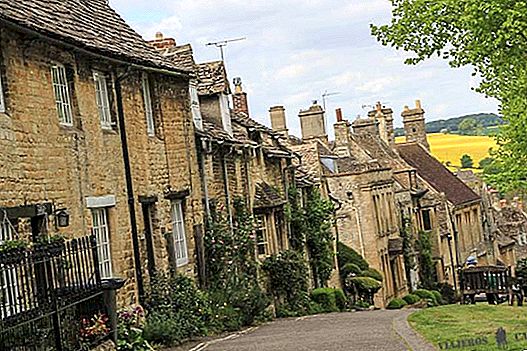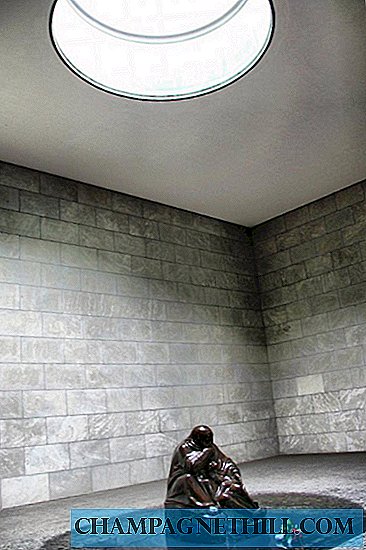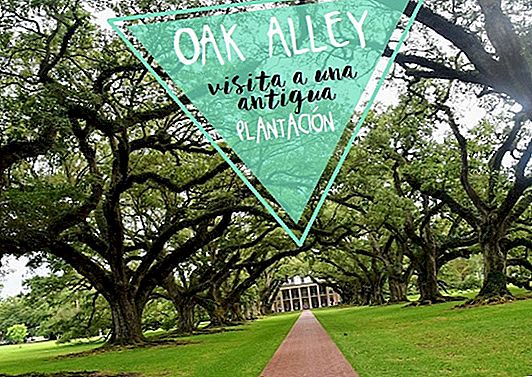
That of Oak valley It was one of the visits that called our attention especially, of those that you are counting the days to arrive, and that is that of all the history of the United States, the part that is most curious, intriguing and, why not, anger gave us it was that of the slavery and of the Civil War. If you do not know what we are talking about, you are already taking a look at our post "(Not so) brief history of the United States".
As soon as we put New Orleans in our itinerary we do not doubt it for a second and we decided to do a tour (info at the end of the post) to one of the Louisiana's most famous and best preserved plantations: Oak Alley. It is located on the banks of the legendary Mississippi River, halfway between New Orleans and Baton Rouge and is absolutely beautiful ... and do not be surprised if it is familiar: many movies have been shot here (Interview with the vampire or Django, among other).
Upon arrival the first thing that catches your attention is the oak path half a kilometer that goes from the house to the river. It imposes, and much. Here is how much you understand the origin of the name of the plantation: the great lady of the river road. The casoplon, because this is about it, is more than 200 years old and during the tour you can see the perfectly preserved rooms. The guides, in addition, will also tell you curiosities about the life of then and stories (and gossip) of the families that resided there. We are not going to tell you much, we hate spoilers, so better to discover them there on the spot! Of course, let us give you one: they are dressed in period costumes so it is not difficult to imagine life from a couple of centuries ago.
But it was not so much the mansion that interested us: we wanted to visit the slave barracks and know more about this sad chapter of US history. Slave barracks impress. Not so much for the buildings, which after all are fine ... but for thinking that, in the same place where you are taking a photo and walking freely, not too many years ago - there were people, like you and me, who They could not enjoy the most universal right we have: freedom.
The slavery, a concept that today is difficult to assimilate, was a reality in the United States until the Civil War: in the north, more free and industrial, it never became part of everyday life, but in the South, full Tobacco, sugar and cotton plantations was the easy (and inhuman) solution to the large amount of manual labor required.
It is estimated that around 1850 there were more than 4,000,000 slaves in the south of the country, a number that had also increased due to the constant violations suffered by the slaves by the owners: it was cheaper to make a slave pregnant than to buy new workforce, so ruthless was the thought of some. For this reason in the African-American community the “bro '” (of brother, brother) is used a lot: they began to call themselves among them since the second generations did not know where they came from, nor who their blood family was, so They began to consider themselves as brothers.
Louisiana was one of the states where slavery was legal and where plantation owners could buy slaves for a few hundred dollars. In the Oak Alley gardens you can see a panel with the list of slaves of the plantation and its acquisition value. It is impressive to see how human life was priced ... but we already told you: it is a hard and necessary visit.
By the way, we highly recommend watching the movie “12 years of slavery”To better understand that time. It is a movie, done super well and respecting the story.
Among the bad things, the Oak Alley Slavs had some sort of "luck", if it can be called: the plantation owner always treated them with kindness and respect, so much so that he decided to grant a few the most precious gift ... freedom. However, it was not a good time to be "free blacks": the slave South would never welcome a "black citizen", so everyone stayed at Oak Alley, yes, as "free" men.
Altogether in Oak Alley came to work 113 slaves that were classified in this way:
- African Black, born in Africa (the old world)
- American Black, born in America (new world)
- Creole Black, born in America, of African parents
- Mulatto, born in America, of a black mother and a Caucasian father
Lucky that with Lincoln and the end of the Civil War the slavery, as such, ceased to exist. But the black people had a long road to real freedom, which was only achieved with the civil rights movement and the arrival of figures like Martin Luther King in the 1960s.
We did this Oak Alley tour with Tripadvisor, highly recommended: secure web, full of feedback, very reliable, come on ... a guarantee. We leave at 12 from New Orleans, to Oak Alley are about 130 km that are very enjoyable: we pass through beautiful landscapes, the driver does not stop (literally) telling us curiosities and data from New Orleans and Louisiana, we cross an infinite number of plantations Until we reach our final destination. The price is around € 55.
If you have to put a catch is that the part of the guided tour of the house focuses almost exclusively on the life of family members, customs and different rooms, leaving aside the history of slavery. In the area of the barracks of the slaves there are informative panels, it is true, but we would have liked to receive some more information about the reality of encounters ... is that we are very curious XD
What we liked the most: we must recognize that the environment of the plantation, that path of oaks so photogenic, is so beautiful that it is worthwhile to get here, to visit such dense places of history (although not beautiful), after reading so much about the subject it was shocking and exciting to be at the same point where so many things happened. It is an instructive visit, I would say necessary.
So… worth? Yes! If you're going to be in New Orleans, don't hesitate: visit Oak Alley 🙂




